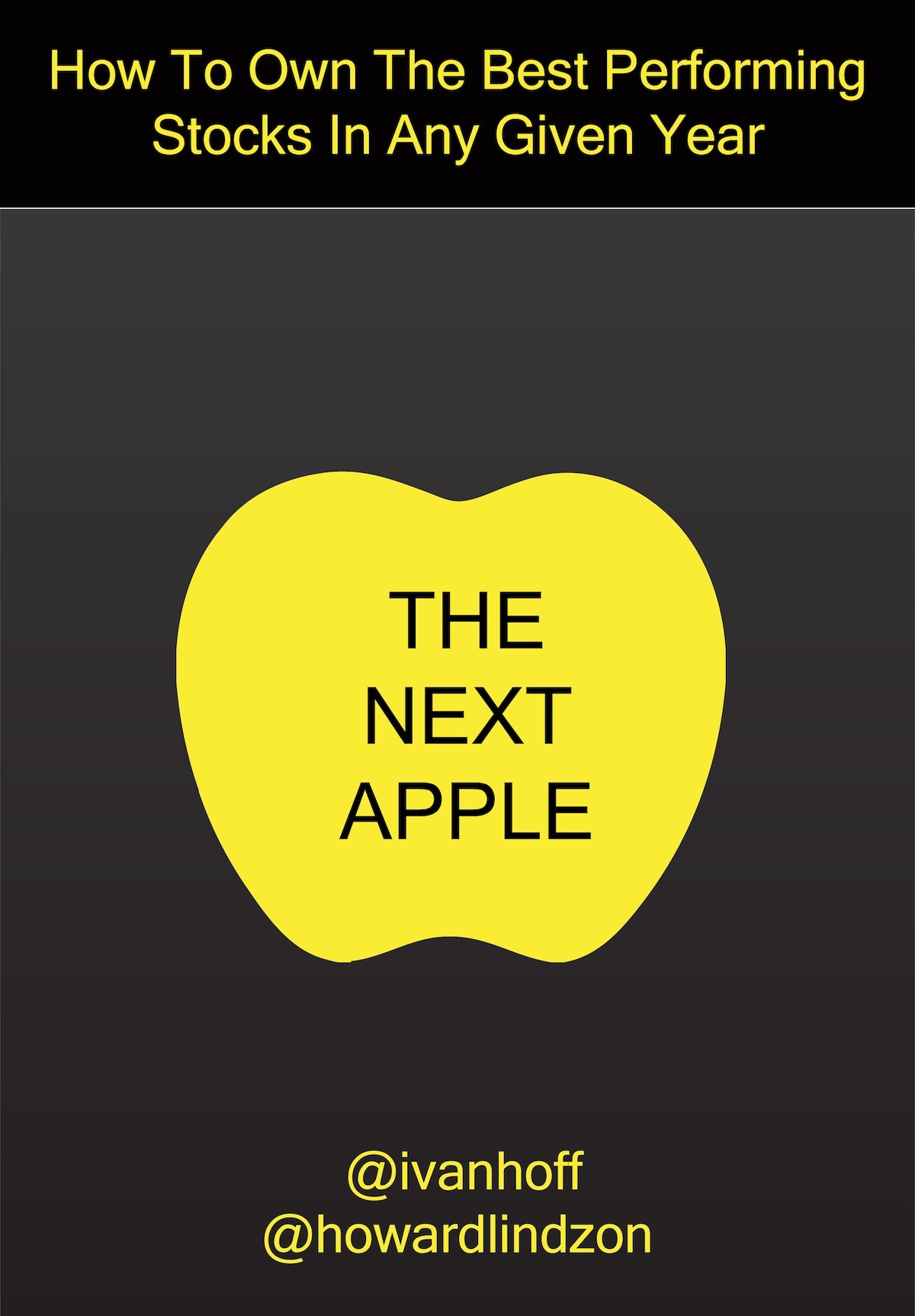There’s a popular Druckenmiller’s quote circling the Internet as of late:
The first thing I heard when I got in the business, not from my mentor, was bulls make money, bears make money, and pigs get slaughtered. I’m here to tell you I was a pig. And I strongly believe the only way to make long-term returns in our business that are superior is by being a pig. I think diversification and all the stuff they’re teaching at business school today is probably the most misguided concept everywhere. And if you look at all the great investors that are as different as Warren Buffett, Carl Icahn, Ken Langone, they tend to be very, very concentrated bets. They see something, they bet it, and they bet the ranch on it. And that’s kind of the way my philosophy evolved, which was if you see – only maybe one or two times a year do you see something that really, really excites you… The mistake I’d say 98% of money managers and individuals make is they feel like they got to be playing in a bunch of stuff. And if you really see it, put all your eggs in one basket and then watch the basket very carefully.
If you don’t look at it from different perspectives, you might get disillusioned that Druckenmiller recommends to always take very concentrated bets. There are some nuances that you have to consider:
1. He always has an exit strategy. When Soros and Druckenmiller made their famous bet against the British Pound, the knew exactly how much they could lose – their entire YTD gain of 12%.
Soros is also the best loss taker I’ve ever seen. He doesn’t care whether he wins or loses on a trade. If a trade doesn’t work, he’s confident enough about his ability to win on other trades that he can easily walk away from the position. There are a lot of shoes on the shelf; wear only the ones that fit. If you’re extremely confident, taking a loss doesn’t bother you.
2. He says that the right conditions to make a concentrated bet happen only once or twice a year. Not everyone is able to recognize those conditions. Proper Timing is Everything when you trade big. A good entry point allows you to go through normal market reactions. An amazing entry point allows to use tighter stop and therefore bigger position size. Here’s hedge fund manager Scott Bessent on Stan Druckenmiller:
One of the things that I learned from Stan Druckenmiller is how to enter a trade. The great thing about Stan is that he can be wrong, but he rarely loses money because his entry point is so good.
3. You have to earn your right to bet big first.
It’s my philosophy, which has been reinforced by Mr. Soros, that when you earn the right to be aggressive, you should be aggressive. The years that you start off with a large gain are the times that you should go for it.
The way to build long-term returns is through preservation of capital and home runs. You can be far more aggressive when you’re making good profits. Many managers, once they’re up 30 or 40 percent, will book their year [i.e., trade very cautiously for the remainder of the year so as not to jeopardize the very good return that has already been realized]. The way to attain truly superior long-term returns is to grind it out until you’re up 30 or 40 percent, and then if you have the convictions, go for a 100 percent year. If you can put together a few near-100 percent years and avoid down years, then you can achieve really outstanding long-term returns.
